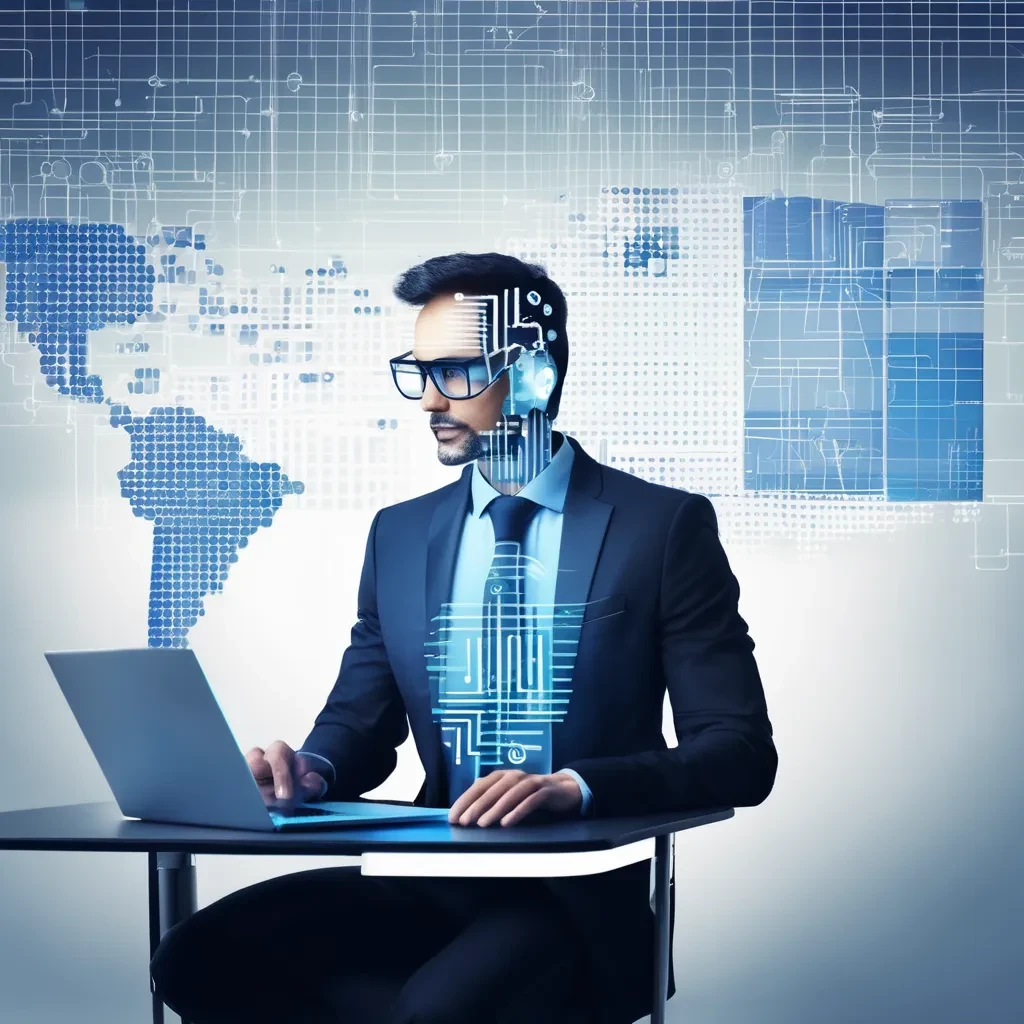Artificial Intelligence (AI) is rapidly transforming industries across the globe, and its influence on job markets is profound. As AI technologies evolve, they are reshaping the way we work, the types of jobs available, and the skills required to thrive in the workforce. This article explores the multifaceted impact of AI on job markets, addressing both the challenges and opportunities it presents.
The Evolution of Job Roles
AI is automating routine tasks and augmenting human capabilities in various sectors, from manufacturing to finance and healthcare. As a result, traditional job roles are evolving. Jobs that involve repetitive tasks, such as data entry or basic customer service, are increasingly being performed by AI systems, freeing up human workers to focus on more complex and creative tasks.
For example, in the manufacturing sector, AI-powered robots can handle assembly line tasks with precision, leading to higher efficiency and productivity. In customer service, AI chatbots can manage basic inquiries, allowing human agents to tackle more nuanced customer interactions.
Job Displacement and Creation
While AI undoubtedly creates opportunities for efficiency and innovation, it also poses a threat of job displacement. A 2020 report from the World Economic Forum estimated that by 2025, 85 million jobs could be displaced by shifts in labor between humans and machines. Roles that are highly susceptible to automation include those in manufacturing, transportation, and administrative support.
However, it’s important to note that AI also generates new job opportunities. The same report forecasts the creation of 97 million new roles, particularly in fields like data analysis, AI development, and cybersecurity. These jobs often require a blend of technical skills and human-centric abilities, such as problem-solving and emotional intelligence.
The Skills Gap
As the demand for new job roles increases, so does the need for a workforce equipped with the right skills. The rapid advancement of AI technologies has led to a growing skills gap, where many workers lack the necessary training to adapt to the evolving job market.
To address this challenge, businesses and educational institutions must collaborate to provide upskilling and reskilling programs. This includes training in AI literacy, data analysis, and other technical skills, as well as fostering soft skills like creativity and critical thinking that remain valuable in an AI-enhanced workplace.
The Human-AI Collaboration
Rather than viewing AI as a replacement for human workers, it’s essential to recognize the potential for collaboration. AI can augment human capabilities, leading to improved outcomes in various fields. For instance, in healthcare, AI algorithms can analyze medical images with high accuracy, but human doctors are still crucial for interpreting results and making treatment decisions.
This collaborative approach can enhance productivity and job satisfaction. Employees can leverage AI tools to streamline their workflows, allowing them to focus on more strategic and meaningful tasks. As a result, workers may experience a shift in their roles, becoming more like “super-users” of AI technologies.
Conclusion
The impact of AI on job markets is complex and multifaceted. While there are challenges related to job displacement and the skills gap, AI also offers significant opportunities for job creation and enhanced collaboration. As industries continue to evolve, adapting to the changes brought by AI will be essential for workers, employers, and policymakers alike.
By investing in education and training, fostering a culture of lifelong learning, and embracing the collaborative potential of AI, society can navigate the future of work and ensure that the benefits of AI are shared broadly.
